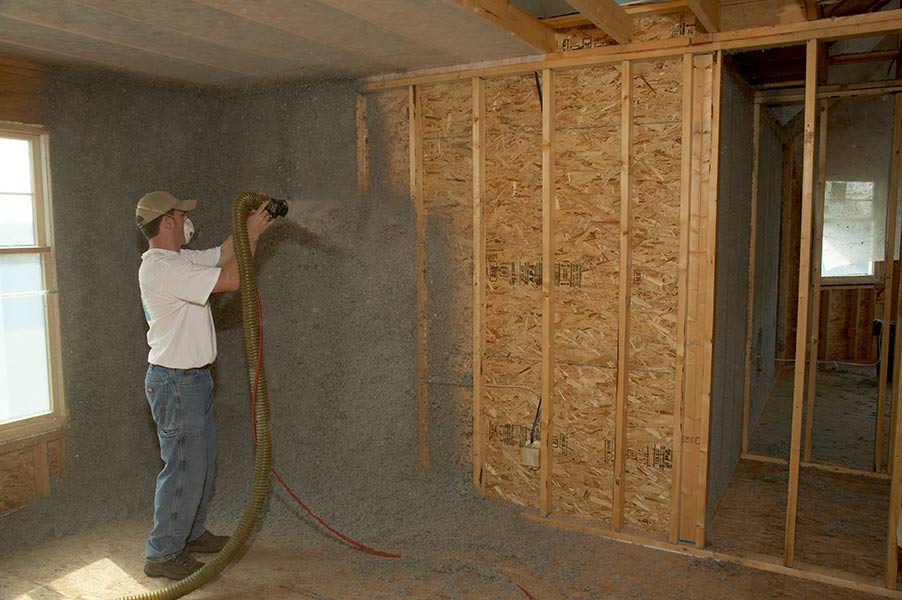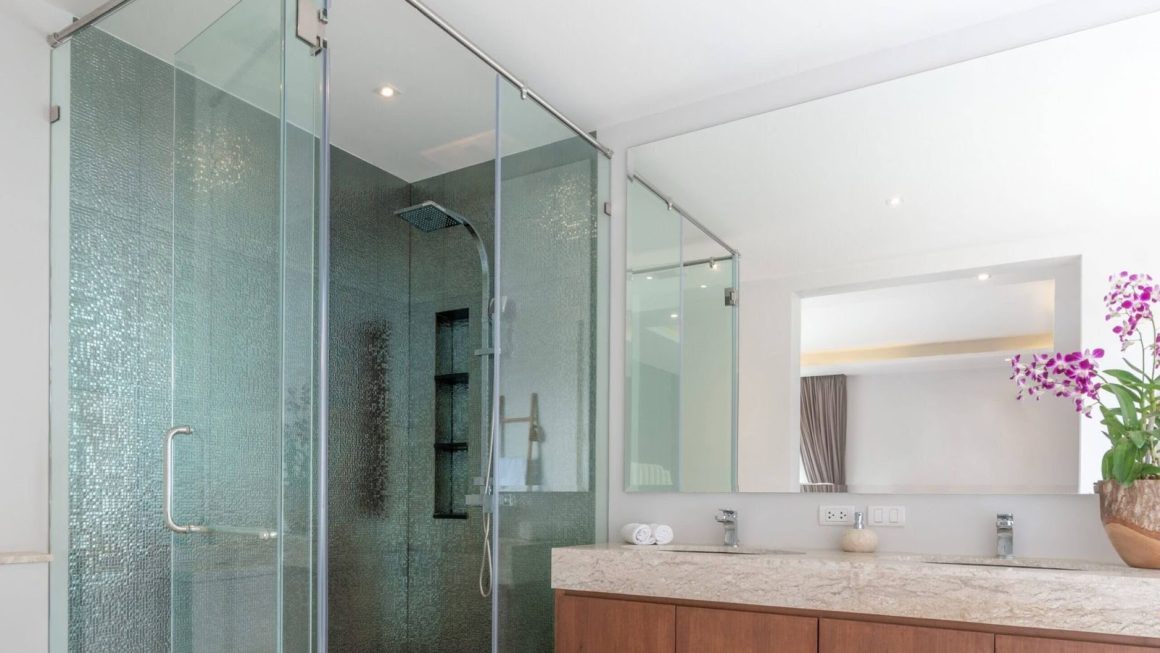Eco-friendly and low-cost, cellulose insulation in New Orleans is a great option for any structure. Cellulose insulation is an excellent addition to your eco-friendly renovations in NOLA since it is manufactured from recycled materials. Cellulose insulation uses sustainable materials to help you save money and reduce your carbon footprint.
1. Affordable
Cellulose insulation is manufactured with the homeowner’s budget in mind. The cellulose insulation is created from recycled materials found locally.
The use of these recycled materials helps make cellulose insulation a more environmentally friendly option, and it also helps homeowners save money by lowering the price of insulation materials without reducing their effectiveness.
Cellulose insulation is an excellent, cost-effective option for those looking for insulation materials with a low embodied carbon footprint.
2. Eco-friendly
Cellulose has been deemed “environmentally friendly.” Eighty percent of the paper used in its construction is recycled paper. Fire, insect, and mold resistance are achieved by chemical treatment of the fiber using borate chemicals at a concentration of 20% by weight.
Cellulose reduces your household’s carbon footprint since it requires less energy and resources to manufacture than other building materials.
3. Low thermal conductivity
When compared to other insulating materials, cellulose performs well in terms of temperature control. Approximately the same as or marginally better than glass wool or rock wool, the heat conductivity of loose-fill cellulose insulation is roughly 40 mW/mK (an R-value of 3.8 per inch).
Cellulose has a high degree of flexibility, making it easy to shape it to fit around obstacles like pipes and cables without creating air gaps that would otherwise lower the wall’s overall effectiveness. When put correctly, dense pack cellulose will prevent air from leaking through walls and will provide enough density to reduce convection.
4. Noise reduction
There are three mechanisms via which cellulose reduces noise. The first is that cellulose fully fills cavities leaving little air spaces for sound to move through. The second advantage is that air may be trapped inside the cellulose structure.
The density of cellulose insulation is what makes it so effective in dampening noise, as opposed to the lightness of fiberglass. When compared to fiberglass, cellulose is much denser, by a factor of around three. This reduces the amount of noise that may be heard through partitions and across rooms.
5. Moisture prevention
Completely filling the wall cavity with insulation might reduce the likelihood of moisture. Cellulose fiber helps to disperse moisture throughout the cavity rather than concentrating it in one spot, which speeds up the drying process.
Related Resources: Can I DIY Spray Foam Insulation?
How does cellulose insulation compare to other types of insulation?
Blown-in insulation is the only viable option when working with solid walls. Holes need to be drilled into the walls and insulation injected unless you’re doing major renovation that involves opening up the walls. Blown-in cellulose insulation is the standard here, while spray foam is quickly gaining popularity.
Open walls allow for the installation of fiberglass roll insulation or spray-applied foam insulation.
The joists in an attic are often exposed and accessible, making blow-in cellulose or fiberglass batt insulation viable options for this space. Cellulose insulation in NOLA is often blown into attics not just due to its convenience, but also due to obstacles like cables.
How long does cellulose insulation last?
In contrast to other insulating materials, cellulose insulation does not disintegrate fast. It has a controlled-environment lifetime of 20–30 years on average, with deterioration beginning about 15 years after installation. However, its resilience may be compromised by factors like extreme weather conditions in NOLA.
Must Read: What are the Benefits of Home Insulation?
Are there any maintenance requirements for cellulose insulation in NOLA?
Insulation is crucial, but proper maintenance is just as vital. Problems like moisture accumulation, dust, and insect infestation are major causes of early insulation failure, but they are also entirely avoidable. At the very least once a year, check the insulation that is easily accessible to you for any signs of damage by insulation professionals in NOLA.
If you take care of your home’s insulation, it should last for at least 25 to 30 years. Keep your insulation in good condition for as long as possible by inspecting it often for indications of deterioration.
Also read: How to Measure the Depth of Attic Insulation
For Optimum Insulation, Consider Cellulose Insulation in NOLA
Blown-in cellulose insulation is a great option for house insulation in NOLA, particularly for upgrading or adding insulation to an already insulated structure. Cellulose is a low-cost, biodegradable, and user-friendly substance. It may be cut to size and shaped to go over obstacles in the wall to provide insulation there. One of the most cost-effective R-values is found in blown-in cellulose insulation.



